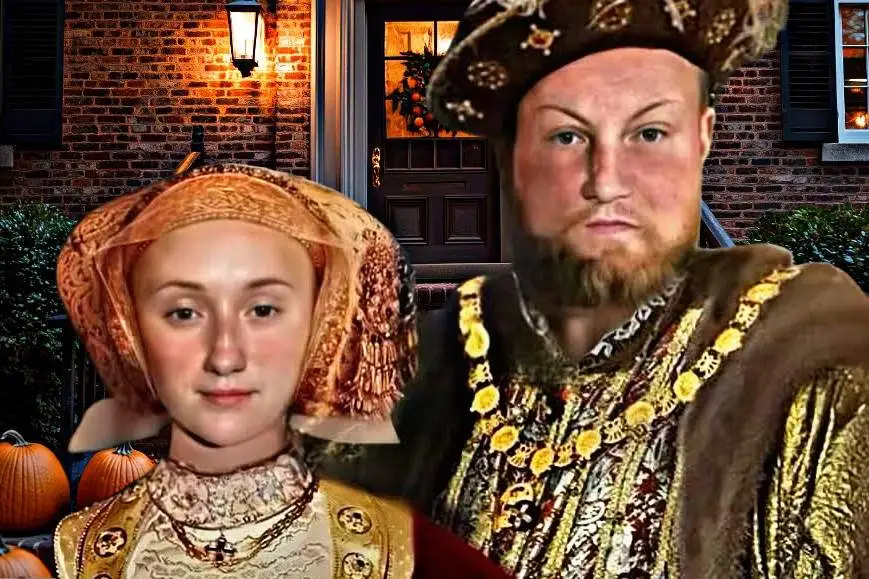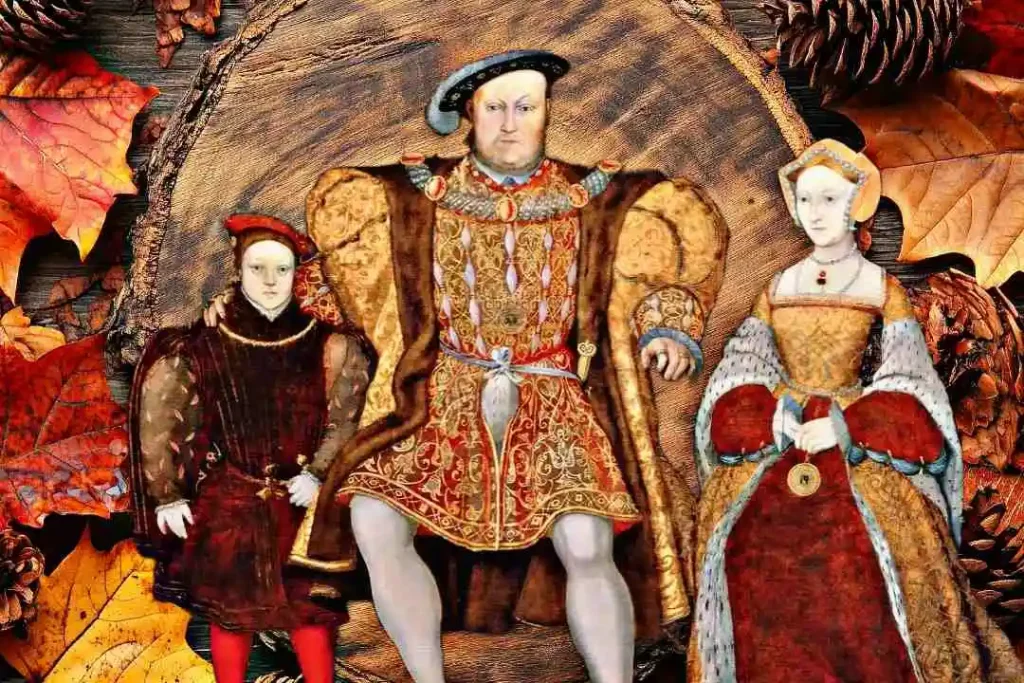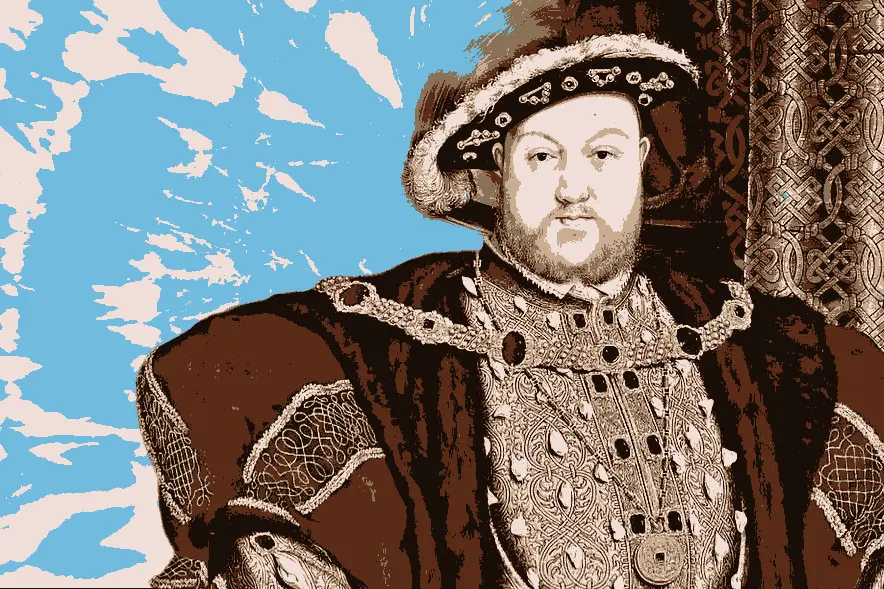Shakespeare Henry VIII stands as a fascinating exploration of power, betrayal, and the shifting tides of English history. Written in collaboration with John Fletcher and first performed in 1613, the play delves into the life and reign of one of England’s most enigmatic monarchs, Shakespeare Henry VIIII. While it captures key historical moments, Shakespeare Henry VIII also offers a rich tapestry of themes, characters, and dramatic flourishes that make it an enduring work in Shakespeare’s repertoire.
This article examines the historical and dramatic significance of Shakespeare Henry VIII, unpacking its themes, characterizations, and the broader context in which it was written. We also explore how the play continues to resonate with modern audiences, offering insights into leadership, ambition, and the human cost of political maneuvering.
The Historical Context of Shakespeare Henry VIII
By the time Shakespeare and Fletcher penned Henry VIII, the Tudor era had long since passed, and the Stuarts were firmly on the throne. The play reflects a sense of retrospective admiration for the Tudor dynasty, particularly its founder, Henry VII, and the dramatic reign of Shakespeare Henry VIII.
The historical events depicted in Shakespeare Henry VIII span the early years of the monarch’s reign, focusing on his marriages, the fall of Cardinal Wolsey, and the birth of Elizabeth I. While the play takes creative liberties, it captures the grandeur and turmoil of Henry’s court, painting a picture of a world defined by power struggles, betrayal, and divine providence.
One of the most notable aspects of the play is its underlying political message. Written during the reign of James I, Shakespeare Henry VIII reflects the Jacobean court’s fascination with lineage and legitimacy. The portrayal of Elizabeth I’s birth at the play’s conclusion serves as a triumphant nod to the Tudor legacy, reinforcing themes of continuity and divine favor.
Key Themes in Shakespeare Henry VIII

1. The Fragility of Power
At its core, Henry VIII is a study of the fragility of power. Characters rise and fall with alarming rapidity, illustrating the precarious nature of political influence in Henry’s court. Cardinal Wolsey, once a powerful figure, faces a dramatic downfall when he loses the king’s favor. His soliloquy, “Farewell, a long farewell to all my greatness,” captures the ephemerality of power and the inevitability of human mortality.
2. Betrayal and Loyalty
The play examines betrayal in its many forms—from Wolsey’s manipulations to Anne Boleyn’s ascent to power. Loyalty is similarly scrutinized, as figures like Queen Katherine remain steadfast even in the face of adversity. This dynamic interplay between betrayal and loyalty underscores the moral ambiguities of political life.
3. Divine Providence and Destiny
Shakespeare Henry VIII is steeped in the belief that divine providence shapes history. The birth of Elizabeth I is framed as a moment of divine intervention, heralding a new era of peace and prosperity. This theme reinforces the Tudor narrative of legitimacy and the notion that the monarchy is ordained by God.
4. The Role of Women in History
Although Shakespeare Henry VIII is ostensibly about the king, the play devotes significant attention to its female characters, particularly Queen Katherine and Anne Boleyn. Katherine is portrayed as a figure of dignity and virtue, enduring her downfall with grace. Anne’s character, on the other hand, reflects the complexities of ambition and the societal constraints placed on women in the Tudor court.
Character Analysis

Henry VIII
As the titular character, Henry VIII dominates the play with his commanding presence. However, Shakespeare and Fletcher’s portrayal of Henry is nuanced, depicting him as both a decisive ruler and a man susceptible to flattery and manipulation. His decisions drive the plot, from his marriage to Katherine to his break with Wolsey, showcasing his complexity as a monarch.
Cardinal Wolsey
Wolsey is one of the most compelling characters in Henry VIII. His rise to power is matched only by his dramatic fall, making him a symbol of the transient nature of political influence. Wolsey’s soliloquies provide insight into his character, revealing a man torn between ambition and regret.
Queen Katherine
Katherine of Aragon is portrayed with great sympathy, embodying grace, loyalty, and resilience. Her trial and ultimate downfall are among the most poignant moments in the play, highlighting the personal cost of Henry’s political ambitions.
Anne Boleyn
Anne’s role in Shakespeare Henry VIII is relatively understated, yet her presence looms large. She represents the allure of power and the societal changes that marked the Tudor era. Her rise to queenship is a key turning point in the play, signaling the shifting dynamics of Henry’s court.
Dramatic Structure and Style

Shakespeare’s Henry VIII is often noted for its pageantry and spectacle. The play’s structure mirrors a historical chronicle, with a series of episodic scenes that capture key moments in Henry’s reign. This format allows for a rich exploration of the play’s themes but has also led to criticisms regarding its lack of dramatic cohesion.
The collaboration with Fletcher is evident in the play’s stylistic elements. Fletcher’s influence can be seen in the use of elaborate stage directions and the emphasis on visual spectacle, such as the coronation of Anne Boleyn and the christening of Elizabeth. These moments underscore the play’s grandeur and its celebration of the Tudor legacy.
The Reception and Legacy of Shakespeare Henry VIII
Early Performances
The premiere of Henry VIII in 1613 was a dramatic event in its own right. During a performance at the Globe Theatre, a cannon shot used for special effects ignited the thatched roof, causing the theater to burn down. Despite this setback, the play enjoyed considerable popularity in the early 17th century, resonating with audiences for its historical and political themes.
Modern Interpretations
In modern times, Henry VIII is often overshadowed by Shakespeare’s more famous works. However, it remains a rich text for theatrical exploration, offering opportunities for elaborate staging and character-driven performances. Directors have used the play to comment on contemporary issues, from political ambition to gender dynamics, highlighting its continued relevance.
Historical Accuracy and Dramatic License
While Shakespeare Henry VIII draws from historical events, it is not a strict retelling of history. Shakespeare and Fletcher take creative liberties, emphasizing certain aspects of Henry’s reign while omitting others. For example, the play downplays the more controversial elements of Henry’s actions, such as his role in the dissolution of the monasteries and the executions of Anne Boleyn and Thomas More.
This selective portrayal serves the play’s larger narrative goals, framing Henry as a figure of destiny and Elizabeth’s birth as a moment of divine providence. The result is a work that balances historical realism with dramatic artistry, creating a compelling vision of Tudor England.
The Enduring Appeal of Henry VIII
Shakespeare Henry VIII continues to captivate audiences and scholars for its rich characterizations, thematic depth, and historical significance. The play offers a window into the complexities of power and ambition, exploring the human cost of political decisions. Its portrayal of Henry VIII and his court serves as a timeless reminder of the interplay between personal ambition and historical destiny.
As modern audiences revisit Shakespeare Henry VIII, they find a work that speaks to universal themes of leadership, loyalty, and the fragility of power. Whether through elaborate stage productions or scholarly analysis, Henry VIII remains a vital part of Shakespeare Henry VIII legacy and a testament to his enduring relevance in the exploration of history and humanity.

